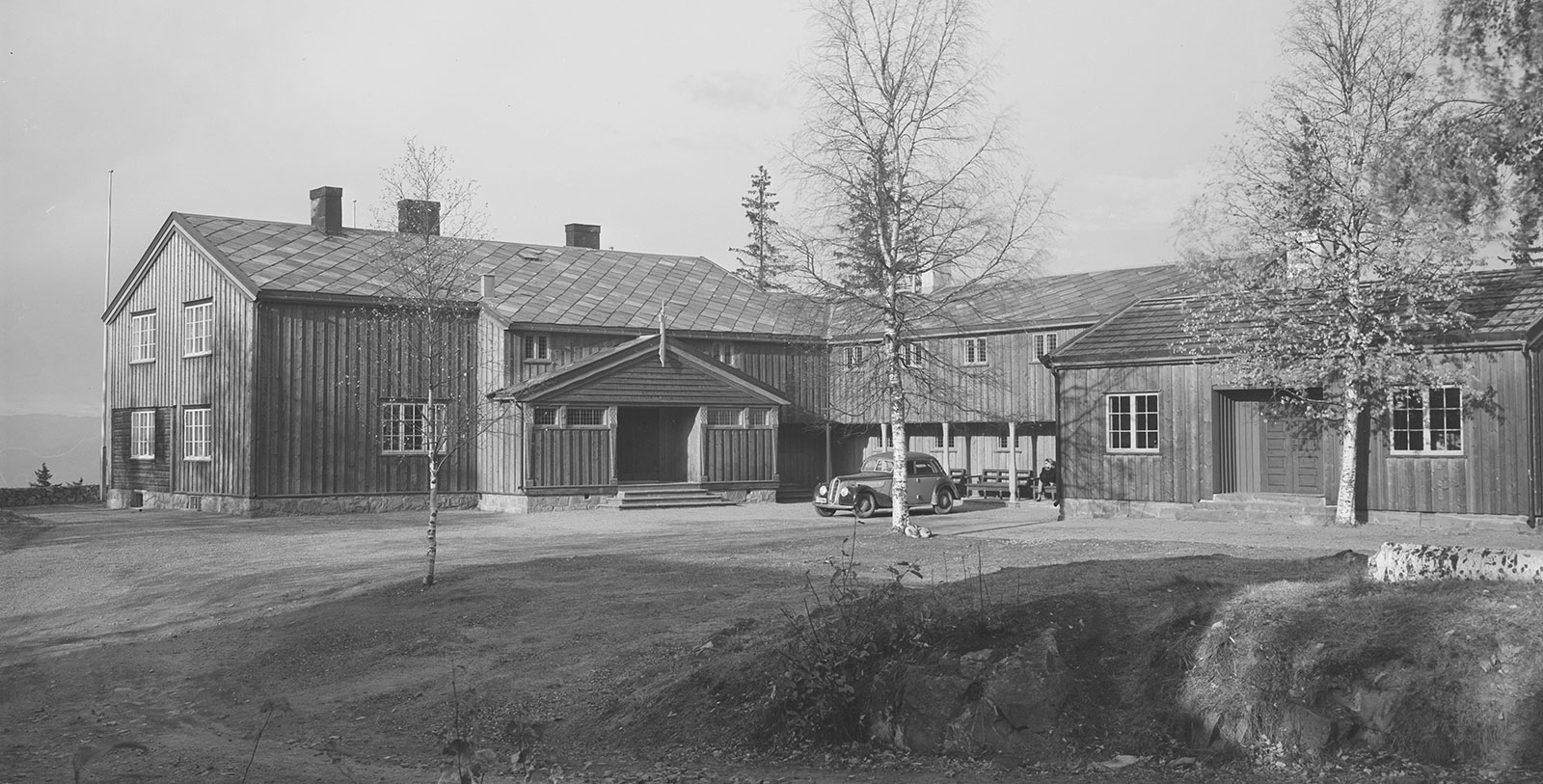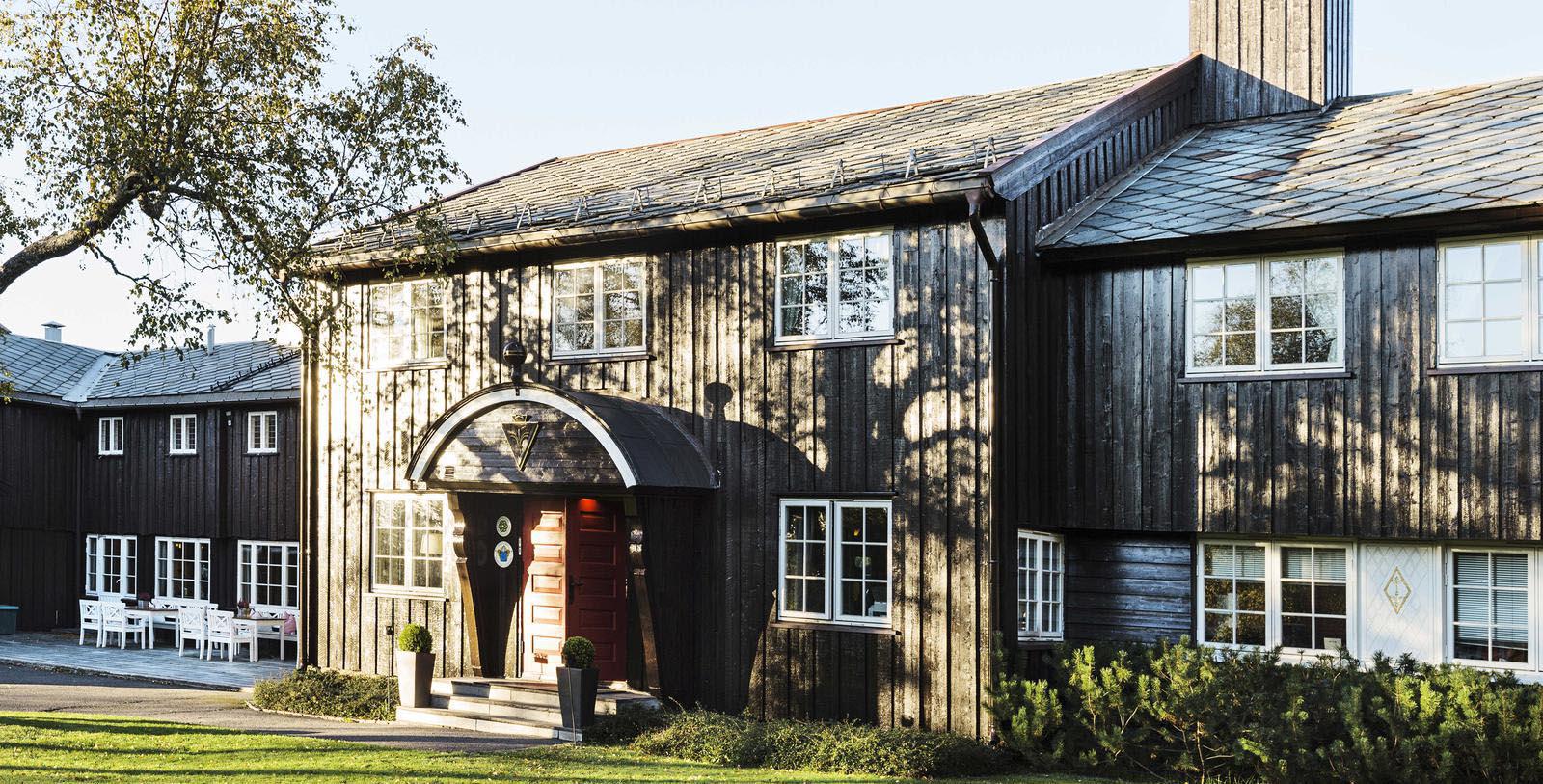Receive for Free - Discover & Explore eNewsletter monthly with advance notice of special offers, packages, and insider savings from 10% - 30% off Best Available Rates at selected hotels.
history
Discover Lysebu, which was originally built during World War I by architect Magnus Poulsson.
Lysebu was constructed in the years following World War II, in which the United States was defined by the Civil Rights Movement and the Cold War.
Lysebu was originally built during World War I by architect Magnus Poulsson and belonged to famous Norwegian ship owner Anton Fredrik Klaveness. With Poulsson’s supervision, the location was renovated after World War II to serve as the new site for The Danish-Norwegian Cooperation Fund. Danish Admiral Carl Hammerich and his Norwegian wife, Borghild Hammerich, began collecting money from Danish socialites in order to send food to Norway during World War II. After the war ended, the remaining donations were used to establish The Danish-Norwegian Cooperation Fund on March 1, 1946. Today, the organization raises cultural awareness of the relationship between Denmark and Norway by several educational mediums. Among these activities include courses on culture, history, and language; seminaries; providing scholarships; participating in exhibitions and tradeshows showcasing Danish-Norwegian history and culture; and publications with relevant material.
Lysebu was given to The Danish-Norwegian Cooperation Fund as a gift in the spirit of brotherhood on September 6, 1947. It was declared as a haven to, “provide all Danish and Norwegian men and women of all professions a home to work or study in.” It was launched with a strong emphasis on youth as well as members of the educational system, such mainly teachers, librarians, and journalists. Shortly thereafter, the organization purchased its second location, Schæffergården, to serve the same purpose. In order to fund the organization, The Danish-Norwegian Cooperation Fund constructed and modernized Lysebu and Schæffergården to include a conference and meeting center. Today, the two building’s still fund the organization with its cultural awareness pursuits.


























